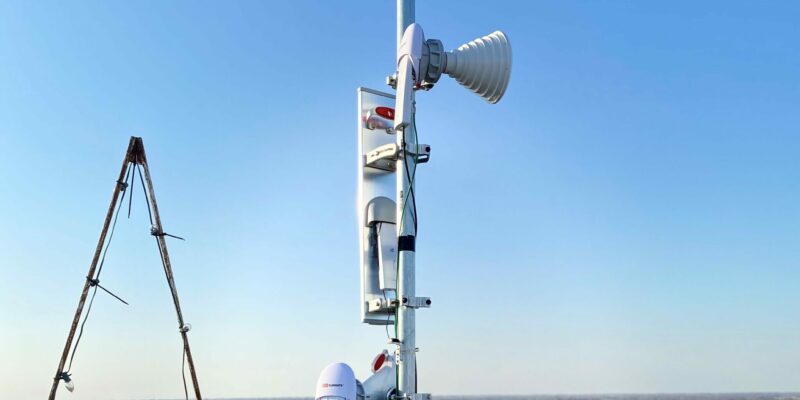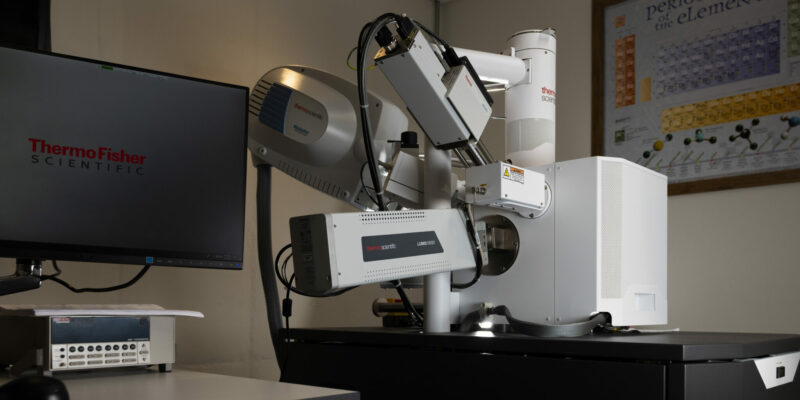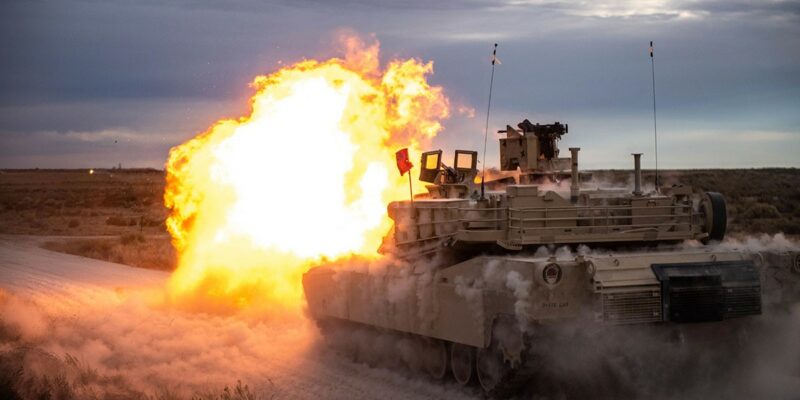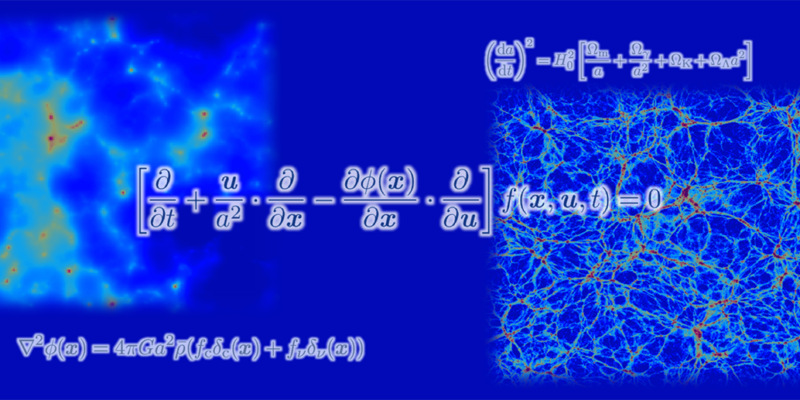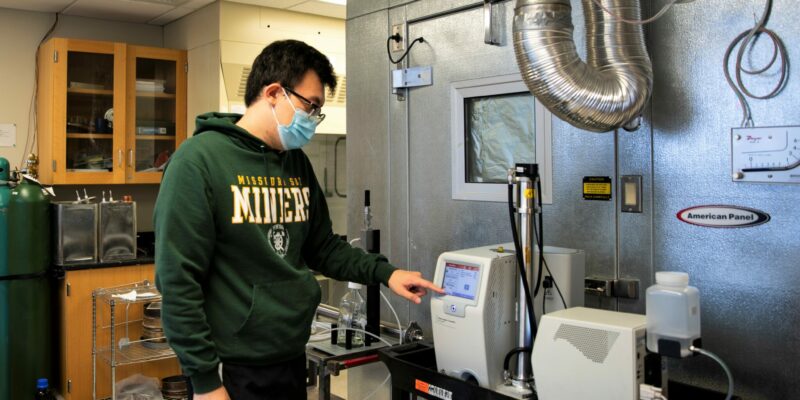Science & Tech
Missouri S&T researcher studying human-robot interaction wins NSF CAREER award
Research to understand how humans and robots communicate and interpret each other’s intentions has resulted in a Faculty Early Career Development (CAREER) award for Dr. Yun Seong Song, assistant professor of mechanical and aerospace engineering at Missouri S&T. The five-year, $538,876 award from the National Science Foundation (NSF) will support Song’s research to advance physical human-robot interaction.
Read More »Putting electric vehicle charging stations on the map
Electric vehicles (EVs) are a small but growing segment of the automobile market as consumers look for alternatives to fossil fuel use. But how can you charge an EV overnight if you don’t have a garage where you can plug it in? Researchers at Missouri S&T used machine learning to help Kansas City planners prepare to expand the availability of EV charging stations in neighborhoods where many apartment dwellers lack places to charge their cars.
Read More »Missouri S&T broadband research wins national contract
At least 17 million residents of the United States lack access to high-speed internet, impeding their ability to use online education, telemedicine and remote work. Missouri S&T is leading a team of experts working to solve the challenge, and now their work is supported by a one-year, $300,000 grant award as part of U.S. Ignite’s Project OVERCOME.
Read More »New cellular treatment could cure chronic artery disease
A new, cellular-level approach to removing plaque build-up in the arteries could eventually lead to a cure for the chronic disease known as atherosclerosis, according to a researcher at Missouri S&T. The method uses nanoparticles that can be designed to deliver plaque-busting drugs to specific cells in arteries. The nanoparticles have an average diameter of 150 nanometers, about 1/500th the diameter of a human hair.
Read More »Replacing your furnace filter could help protect from COVID-19
Until a vaccine is readily available, a high-efficiency furnace filter used along with other precautions could help protect people from COVID-19 while they spend time together indoors. Dr. Yue-Wern Huang, director of S&T’s Laboratory of Environmental Toxicology and a professor of biological sciences, is studying bioaerosols – the particles people release when they speak, sing […]
Read More »New, state-of-the-art equipment expands opportunities for research
Missouri S&T has expanded and updated its materials characterization capabilities in the past year with the addition of $6 million in equipment. The equipment is available to researchers across the University of Missouri System as well as external users from companies and other institutions.
Read More »Biomedical engineers develop ‘smart’ sensor bandages
In a time of COVID-19 restrictions and minimal travel, many people are turning to virtual doctor appointments and consultations as a safer alternative to in-person doctor visits. Researchers at Missouri S&T are working to make this new wave of telemedicine more successful by creating an oxygen-sensing patch printed on a flexible, disposable bandage that can interact with a smartphone. This smart bandage could enable remote monitoring for the early detection of illnesses such as pressure ulcers, allowing for immediate treatment or intervention.
Read More »$20 million grant funds effort to develop ultra-high strength and lightweight steels for U.S. Army
As the U.S. Army modernizes weapons systems and combat vehicles, researchers at Missouri S&T are developing lightweight and ultra-high-strength steels for next-generation combat vehicles that improve blast resistance and lower transportation costs.
Read More »Researchers validate theory that neutrinos shape the universe
The effect that nearly massless, subatomic particles called neutrinos have on the formation of galaxies has long been a cosmological mystery — one that physicists have sought to measure since discovering the particles in 1956. But an international research team has created cosmological simulations that accurately depict the role of neutrinos in the evolution of […]
Read More »Over the holidays, replacing the furnace filter could help protect people from COVID-19 indoors
Amid the food, gifts and well wishes, the holidays could have a new star – a furnace filter. Until a vaccine is ready, a high-efficiency furnace filter used along with other precautions could help protect people from COVID-19 as they spend more time together indoors.
Read More »

